By: George Ngigi
Nothing is as irritating as it is frustrating like to see nations do little to avert an unkind situation, even worse after having been warned about it for a countless number of times.
As scientists have hinted, the reality of a looming disaster is just ten years away, when the cruel hand of global warming would begin taking its toll on human lives and property.
Already, the effects of climate change can be felt right across the world. And no one can deny that those effects are rearing their ugly head in all manner of ways, from destruction of property and infrastructure, which cost awful lots of money to restore, to loss of human lives. We are left with no choice but to respond to the emergency.
Global warming phenomenon is not new to us. A good number of years have gone by, since we first heard about the systematic destruction of the ozone layer by greenhouse gas emissions (GHGS).
Which begs the question: What have we done so far to combat climate change that is wagging its tail across the globe? The saddest thing is that no proper measures were put in place to curb and reverse the trend. Me thinks we have become so used to the tendency of acting only when a calamity has occurred.
We cannot afford to sit down and do nothing about it like people who are expecting a miracle is going to happen any time to change that reality. The world has between now and 2030 to give priority to what needs to be done to curb the growing trend of global warming. That is the stark reality.
For to do otherwise, would be the height of hypocrisy. As soon as the alarm bells were sounded, the world ought to have begun making compromises. We should be thinking of going for the long haul in the fight against global warming.
Which implies interrogating our own national standpoints and interests, by asking ourselves as individual nations what we can do for the world instead of what the world can do for us, just to paraphrase what a former US president once famously said.
As we speak now, what there is to show in terms of progress towards the attainment of the set target of keeping global average temperatures to below 2 degrees Celsius has all the makings of a failed plan of action. Things should never be allowed to run as though it is business as usual.
Fighting global warming
Just like the Covid-19 pandemic has prescribed a new normal to survive its wrath, a similar plan of action requiring an adaptation to a whole new situation brought on by greenhouse gas emissions, need be devised to counter global warming and the attendant climate change effects.
A new world order, in terms of bringing sanity to the ways we generate energy need be our guiding star. For us to avoid running into the danger of being eliminated by the effects of global warming, we should muster the courage, as community of nations of saying fair and square, that we need to go back to the drawing board if all else has failed.
There is no room for any more procrastination and there is nothing to stop us from acting proactively. Twenty three years are now behind us since the Kyoto protocol, 1997.
It did well by arming itself with global architectural plans meant to guide countries in their efforts to counter global warming. It enunciated the principle of common but differentiated responsibilities in which countries would commit themselves to cut down on gas emissions.
The developed world would have the obligation to embrace binding gas emission-reduction targets. On the other hand, for developing world, those targets were to be set by the individual countries while keeping their development needs into consideration.
In other words, developing countries enjoyed an ’emission space ‘. To make the battle against global warming easier for everybody, the developed countries were duty-bound to provide assistance in the form of funds and technologies to the developing countries in order to allow use of clean energy for their development needs possible.
Contrary to what some people think, it was not a one standard for some and another for others. It was not a half-hearted commitment. Rather, it was a well thought out approach tailored to bring everybody on board in the ‘war’ effort against global warming.
It is necessary to categorically deny claims that it was a deliberate attempt to scuttle the process by making recommendations that were hard to implement and thus maintain the status quo.
The disappointment nonetheless, is that two decades down the line, the Kyoto protocol targets are yet to be met. The half-hearted commitment by both the developed and the developing countries could be the reason for not achieving much.
Failure to cut down on greenhouse gas emissions is a worrying situation because a runway rise in global temperatures is enough to make all of us panic — rich and poor countries alike.
Paris agreement
The Paris agreement, 2015 on climate change, sought to set the momentum that would see countries aggressively pursue emission-reduction target strategies. It hoped to keep global temperatures from rising more than 2 degrees Celsius by 2100. To be on the safe side, participants (195 countries) agreed to keep instead, an average global temperature rise below 1.5 degrees Celsius on pre-industrial levels. However, it fell short of a time frame for achieving gas pollution reduction targets.
Suffice it to say, an enabling environment is needed to put the world set fair to win this war. Anything above 2 degrees Celsius of global temperatures would place the planet on the worst scenario of recording irreversible effects of global warming.
The world would begin experiencing a host of climate change issues that would go down in history as having no parallel in our times.
A slew of policy measures intended to help meet gas emission targets were faced with challenges right from the beginning. Those challenges stem from the all-familiar unchecked deforestation to the failure of weaning the world off the fossil fuels.
Aside from financing green-energy projects in the developing countries proving harder than anticipated, those same developed countries have difficulty in completely abandoning oil and coal mining to generate electricity and to power their industries and automobiles.
For purely economic and political reasons countries, both developed and the developing ones, have had to contend with the real issues on the ground like solving unemployment problem and delivering on promises made by the ruling political class on economic development agenda.
Yet for others, the fossil fuel is their economy’s cash cow as a country. Mere words can hardly be sufficient to urge such a country to abandon use or sale of fossil fuels and adopt other sources of energy measures without a broad-based economic support system.
What with a reluctance by the advanced world to fully implement the Paris agreement as stated on paper. In all honesty, as governments, they too have to bow to the pressure from their citizenry. Which is a major reason for not reducing or limiting the use of fossil fuels to manageable levels.
Checking on global warming and fighting climate change is a collective global challenge that requires an equally global effort in terms of political will and commitment by every country.
Making sacrifices and compromises in form of availing funds for investment in clean energy projects and, in helping developing countries to transition to power-generating solar and wind projects, among other alternative sources of energy, is necessary given the urgency and importance of the matter.
Thinking that global warming is not a priority or climate change is not real, we would be deluding ourselves much the same thing as believing Covid-19 is not real. It is a battle ahead of us which must be fought and won because if it is not, we all stand to lose.
No country in the whole world can be too lucky to meet all its socio-economic development needs, because we live in imperfect world. However, that is not to say we can not get to our desired greenhouse gas emission-reduction levels.
No country is expected to do more than it can afford, in the sense that each one is unique in its own way in terms of its needs. And such needs cannot be satisfied any more than the prevailing circumstances and challenges can allow to be achieved.
Nevertheless, it is the developing countries that will be the most affected by the climate change even if they account for negligible amounts of global gas emissions. But pointing fingers at others will not help matters in any way.
Combating global warming begins with seeing ourselves, developed or developing countries, as partners with a unity of purpose. Just like there are global business partners in companies like Zinzino and others, so should countries treat and look up to each other as such.
Challenges and consequences
As already noted before, being cognizant of the fact that some countries are in dire need of support more than others would be a fair game. Due to the nature of their unique situations and varying stages of development, it is not surprising at all to discover that they need more time and assistance to adapt to the new requirements.
Admittedly, they cannot for instance, be expected to suddenly abandon their heavy investments in fossil fuels in favor of green energy and at the same time be able to sustain their own economic development plans. That would be near impossible to do even with the best of intentions. Such understanding will help to drive the common cause to greater heights of success.
Switching from traditional fossil fuels to the new sources of power generation is a challenge not just to the developing countries but also to the advanced world. These challenges notwithstanding, however, it would be a death wish for the world not to tackle global warming, itself a product of human civilization.
About 720 million people around the world will be forced into extreme poverty between 2030 and 2050 if the current trend is sustained while others lose their lives to natural calamities tied to hostile climate change. Over the years the world has been treated to very harsh outcomes of climate change.
Extreme weather conditions with far-reaching consequences continue to hit different parts of the world at will and with impunity. Barely a month passes without media coverage of global warming related disasters which manifest themselves as heatwaves, hurricanes, rainstorms, flashfloods, droughts and lightnings, sometimes claiming lives and causing destruction in their wake.
Granted, the threat of global warming and climate change is so real to everyone unless one does not care to look further afield if those effects are nowhere to be witnessed near where they live. Understandably, it may not be a world scare like the Covid-19 is today, but nothing can rule out the possibility of it becoming one in the years to come.
That is what all future meetings on climate change and global warming should have in mind when addressing this very serious challenge of the twenty-first century (21c). And the world has what it takes to deal with the challenge, with a mutually embraced commitment by all.
The Intergovernmental Panel on Climate Change (IPCC) at the invitation of the United Nations Framework Convention on Climate Change (UNFCCC) had this to say: ‘One of the key messages that comes out very strongly from the report is that we are already seeing the consequences of one degree Celsius of global warming through more extreme weather, rising sea levels and diminishing Arctic sea ice, among other changes.’
A rise in sea level, in particular due to melting ice sheets would directly destroy coastal regions or submerge vulnerable islands and their inhabitants.
And this is how serious the matter is.
In other cases, parts of the world would be rendered uninhabitable due to extreme temperatures and an agricultural disruption of unprecedented levels would take its toll on populations, subjecting them to widespread food shortages.
Large segments of world populations would be placed either on the verge of destitution or total destruction if a time-saving global strategy is not instituted. Their lives and livelihoods would be at stake whichever way you look at the emerging picture.
On the positive side, USA has rejoined many other countries, in support of the global effort to continue with the struggle of finding solutions to the imminent crisis. Dropping ball in the fight against global warming by the US was a big blow to the whole process. Since historically the US has been the world’s largest greenhouse gas emitter, now the second largest emitter of carbon dioxide after China; the assumption has always been the US should lead in this gas reduction struggle.
Taking care of our environment as individuals, communities, nations, and the world at large is the only weapon we can use to turn around the possibility of terrible events happening and is what can save us from a global disaster so sure to come in the fullness of time.
Excuses or arguments and counter-arguments or taking a geopolitical stance to the matter will do no one any good. For no part of the world is safe.
As inhabitants of this world, we should refrain from destroying it because we have nowhere else to go to and we can not go to the moon to hide there or to Mars to make it our new home, when catastrophes come calling.
We look forward to seeing what comes out of the world climate change conference scheduled for November, 2021 in Glasgow, United Kingdom.
It is our hope that even as we battle Covid-19 pandemic, the world is not going to lose attention to global warming, a crisis in its own right, whose effects should attract equal concern by those in authority as we all very well know they are a threat to mankind.












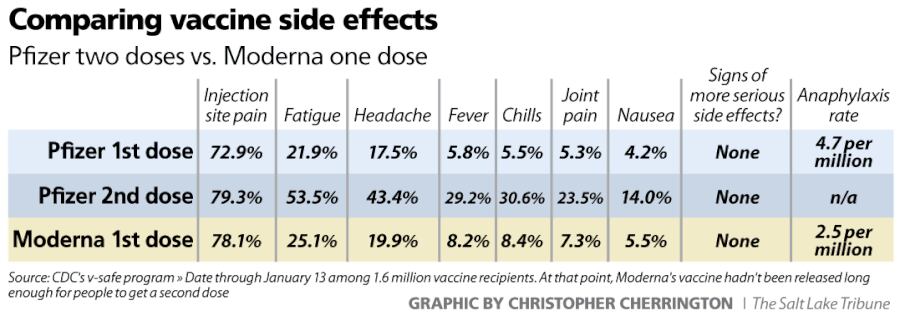




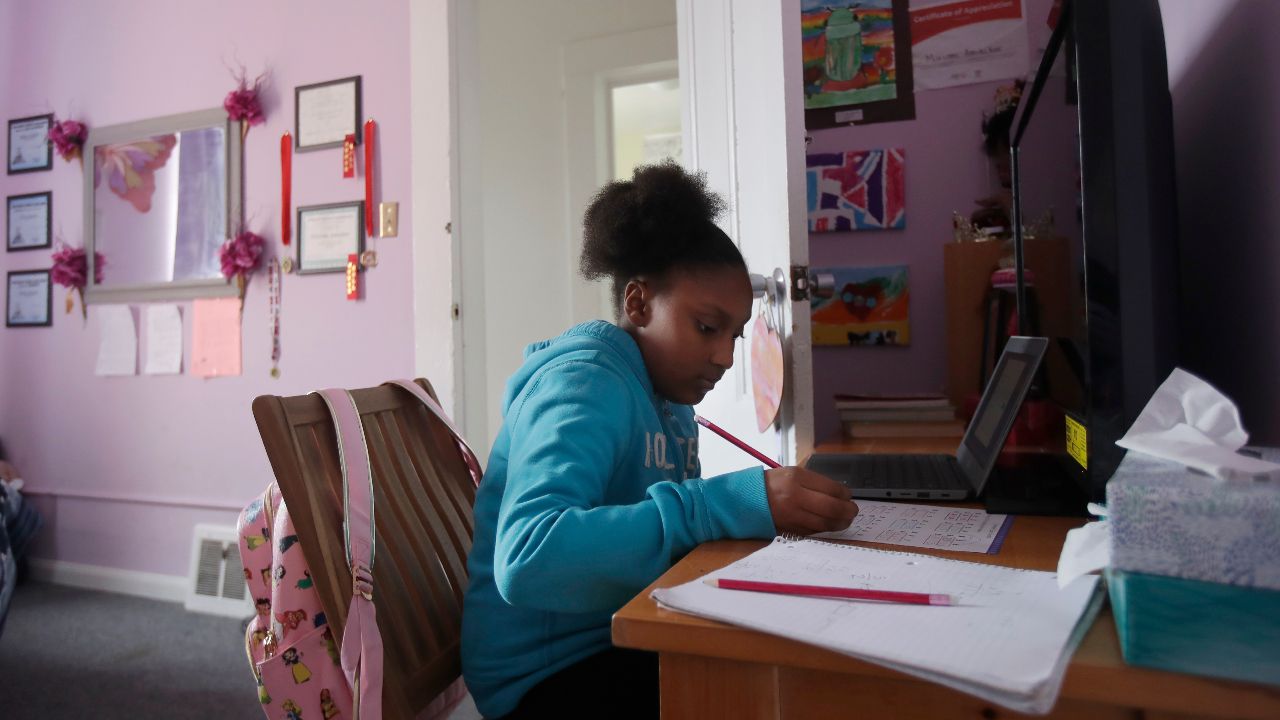




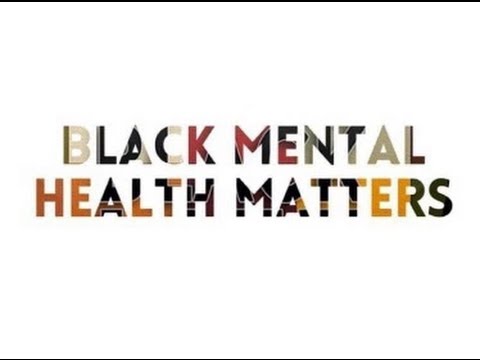
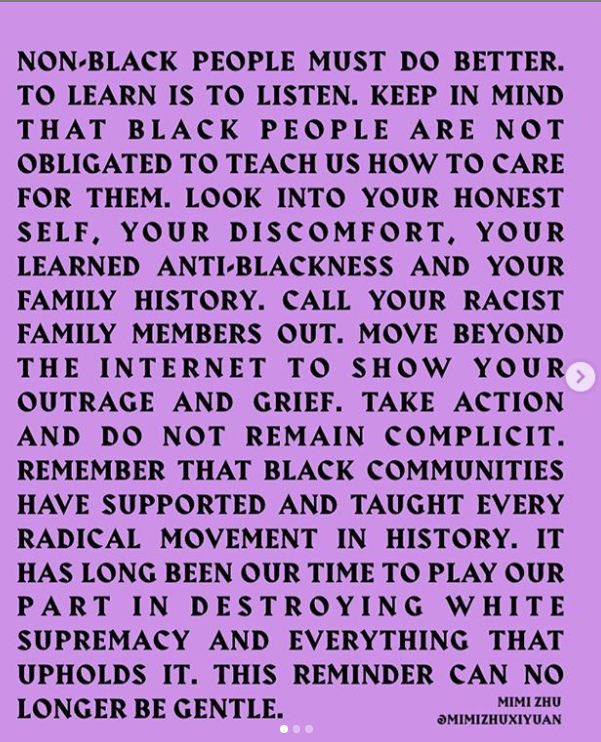
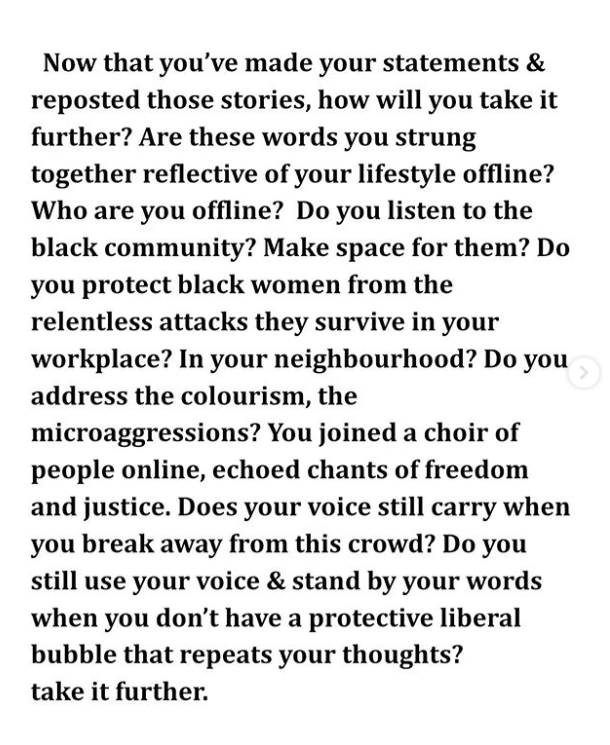
 “The people of Texas are informed that in accordance with a Proclamation from the Executive of the United States, all slaves are free. This involves an absolute equality of rights and rights of property between former masters and slaves, and the connection heretofore existing between them becomes that between employer and free laborer.”
“The people of Texas are informed that in accordance with a Proclamation from the Executive of the United States, all slaves are free. This involves an absolute equality of rights and rights of property between former masters and slaves, and the connection heretofore existing between them becomes that between employer and free laborer.”